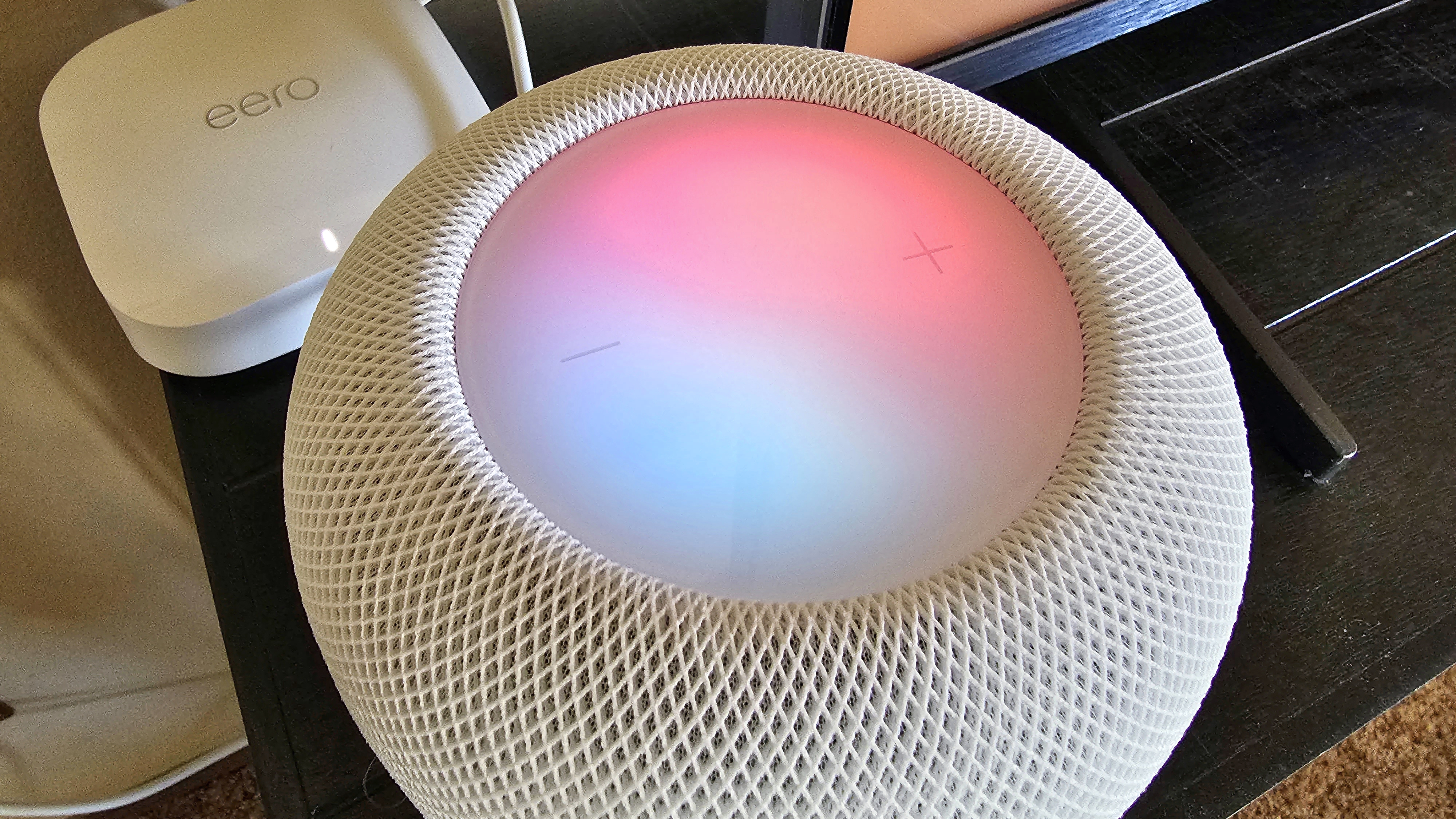'ZDNET Recommends': What exactly does it mean?
ZDNET's recommendations are based on many hours of testing, research, and comparison shopping. We gather data from the best available sources, including vendor and retailer listings as well as other relevant and independent reviews sites. And we pore over customer reviews to find out what matters to real people who already own and use the products and services we’re assessing.
When you click through from our site to a retailer and buy a product or service, we may earn affiliate commissions. This helps support our work, but does not affect what we cover or how, and it does not affect the price you pay. Neither ZDNET nor the author are compensated for these independent reviews. Indeed, we follow strict guidelines that ensure our editorial content is never influenced by advertisers.
ZDNET's editorial team writes on behalf of you, our reader. Our goal is to deliver the most accurate information and the most knowledgeable advice possible in order to help you make smarter buying decisions on tech gear and a wide array of products and services. Our editors thoroughly review and fact-check every article to ensure that our content meets the highest standards. If we have made an error or published misleading information, we will correct or clarify the article. If you see inaccuracies in our content, please report the mistake via this form.
Apple HomePod (2023) review: Way better sound quality than HomePod Mini


Apple HomePod (2023)
pros and cons
- Sound great
- The bigger display is welcome
- Stereo pair with Apple TV 4K is a solid experience
- $299 is still expensive
- Limited to iOS users
I bought the original HomePod the day it was available to order with the intention of sending it back after testing and reviewing it.
But, after writing the review, wherein I couldn't make up my mind about whether the HomePod was a good speaker, let alone a good "smart" speaker, I ultimately decided to keep it.
With time, the HomePod grew on me. I found myself using it for more smart speaker-related tasks and found the audio quality got better over time.
So, when Apple discontinued the HomePod, seemingly replacing it with the HomePod Mini -- which sounded just okay, I was disappointed that it appeared Apple wasn't going to continue to push its high-end smart speaker forward. Then, Apple surprised all of us by announcing the second-generation HomePod last month.
Also: How to add your HomePod to the Home app and Wi-Fi
I've now been testing the new HomePod for over a week, spending the first few days using both review units as a stereo pair for my TV through an Apple TV 4K, and later as stand-alone smart speakers in various rooms of my home and office.
Specifications
| Audio | Spatial audio with Dolby Atmos |
|---|---|
| Tweeters | 5 |
| Woofer | 1x 4-inch |
| Size | 6.6-inches high, 5.6-inches wide |
| Weight | 5.16 pounds |
| Colors | Midnight, White |
| Connectivity | 802.11n, Bluetooth 5, Thread, Matter |
Minimal design changes
The new HomePod comes in two colors: Midnight or White. To my eye, the Midnight version looks slightly darker than the black covering on the original HomePod. But outside of the different colors, there are only two other ways to tell the new HomePods apart from the predecessor.
The easiest way to know is by looking at the power cable. The new HomePods now have a detachable power cable that plugs into the back of the HomePod. The first gen model had a permanent cord that was inconvenient.
Also: Don't waste your money on these Apple products
Featured reviews
The other way to tell the difference is by looking at the screen on top of the HomePod. The first generation's display looks tiny in comparison to the area where the HomePod's display lights up. It makes it feel as if the new HomePod's screen takes up nearly the entire top of the speaker and appears to be much brighter with more vivid colors.
Outside of a few external design changes, the only meaningful design changes Apple made to the HomePod are under the fabric cover. There are now fewer microphones and tweeters, for example, compared to the original HomePod. And the new HomePod supports the smart home standard Matter, with the speaker acting as a hub for Matter devices.
The new HomePod also has temperature and humidity sensors that give you more information about the room it's used in. It turned out that the HomePod Mini had the same sensors embedded since its launch and was activated in a recent software update.
It sounds the same
On more than one occasion, I've sat down next to the original HomePod and one of the new HomePods, intent on hearing a difference in the audio quality between the two.
After listening to several of the same songs, played first on the new HomePod, then again on the original HomePod, both times at 50% volume, I've yet to hear any difference.
Review: The HomePod Mini is for Sirious Apple users only
That's both good and bad. Good because the original HomePod sounds great, and now Apple has replicated that same audio quality with fewer speakers. Bad because the HomePod's sound quality didn't get drastically better, and you're still paying $300 for it.
It's entirely possible someone with better-tuned ears than mine would have no issue picking out the differences, even if they're subtle. However, to my ears, the HomePods sound the same.
Using HomePods with an Apple TV 4K just makes sense
The original HomePod launched without support for using two of them in a stereo pair. That arrived in a future software update. But I had yet to experience the full-size HomePod in a stereo pair.
Review: Apple TV 4K: Apple is finally selling more for less
So, when two review sample HomePods arrived, I began testing by connecting them to the Apple TV 4K as a stereo pair. Not only would doing so allow me to test the speakers in place of my Sonos Beam soundbar, but I could also test out their ability to use my TV's eARC connection to play all TV audio -- be it from my Xbox Series X or a laptop that's connected to my TV.
How I set it up
Setup was simple. After connecting the new, removable power cable to the HomePod and waiting for it to boot up, I followed a few prompts on my iPhone. I repeated the process on the second HomePod and was immediately asked if I wanted to use them in a stereo pair. Once I confirmed that's what I wanted, the Home app then asked if I wanted to use the speakers as the default output for the Apple TV 4K that's located in the same room.
A couple of taps later, I had two HomePods set up and assigned to handle all of the audio coming out of my TV.
The most surprising part of this setup? I fully expected there to be audio sync and lag issues when using a device that's not the Apple TV. For instance, when playing Call of Duty on the Xbox, hearing nearby shots or footsteps is critical to staying alive -- and the HomePods don't have a negative impact. They sound a little clearer to me, especially when it comes to the aforementioned sound effects, than my Sonos Beam.
Also: The 5 best smart speakers
When watching a news anchor dish out the latest sports scores, I couldn't discern any notable difference in the audio sync between what I was hearing and the anchor's mouth moving. The audio, as far as I can tell, is perfectly in sync.
The audio and video stayed in sync across multiple inputs, devices and apps ... until it didn't. When using the Plex app on the Apple TV 4K, the audio was completely out of sync. I tried all of the troubleshooting steps I could find online, and even replaced the HDMI cable, without any luck. From what I can tell, this is a random issue that some Plex users experience.
But, outside of that lone app, the entire HomePod-as-a-soundbar experiment was a success. I would definitely consider using HomePods instead if I were in the market for a new soundbar.
Also: How to reset your HomePod Mini
Apple's $729 home entertainment setup -- $299 per HomePod and $129 for an Apple TV 4K -- may be pricey but also looks and sounds fantastic.
About the ring stain...
The first-generation HomePod became notorious for leaving a white ring that stained whatever surface they were resting on. And while I've seen a few videos and pictures of the new HomePod suffering from the same issue, I haven't seen it in person.
I placed both HomePods on our TV stand, which is made of wood and covered in a dark stain and sure to show any white rings. I let them sit unmoved for roughly 36 hours and then checked for a stain only to find nothing at all.
Also: The HomePod Mini tripod stand you didn't know you needed
As I've continued to move the HomePods around my home, I've looked for the telltale ring and I'm yet to see it.
Bottom line
The best part about the new HomePod is that it's a clear indicator that Apple is once again interested in smart speakers, and by extension the smart home. Users can, at least for the immediate future, have confidence when investing in a smart home setup that includes the HomePod.
If you're in the market for a smart speaker within Apple's ecosystem, I have great news: The HomePod is back.
The difference in sound quality between the HomePod Mini and the HomePod is drastic. If I could afford it, I'd replace all six of my HomePod Minis with the new HomePod. But that's not feasible, and that's a bummer. If the HomePod were $199, it'd be even more tempting.
Should you run out and upgrade your original HomePod with the 2023 model? Not at all. I'm certainly not, especially after hearing them side by side. However, when the day comes that Apple no longer supports the original HomePod via software updates, or my unit dies, I'll have no hesitation in getting the latest HomePod as a replacement.
Alternatives to consider
It's a HomePod, but cheaper and smaller. You can buy three of these for the price of one regular HomePod.
Amazon's most expensive smart speaker is also its best-sounding smart speaker.